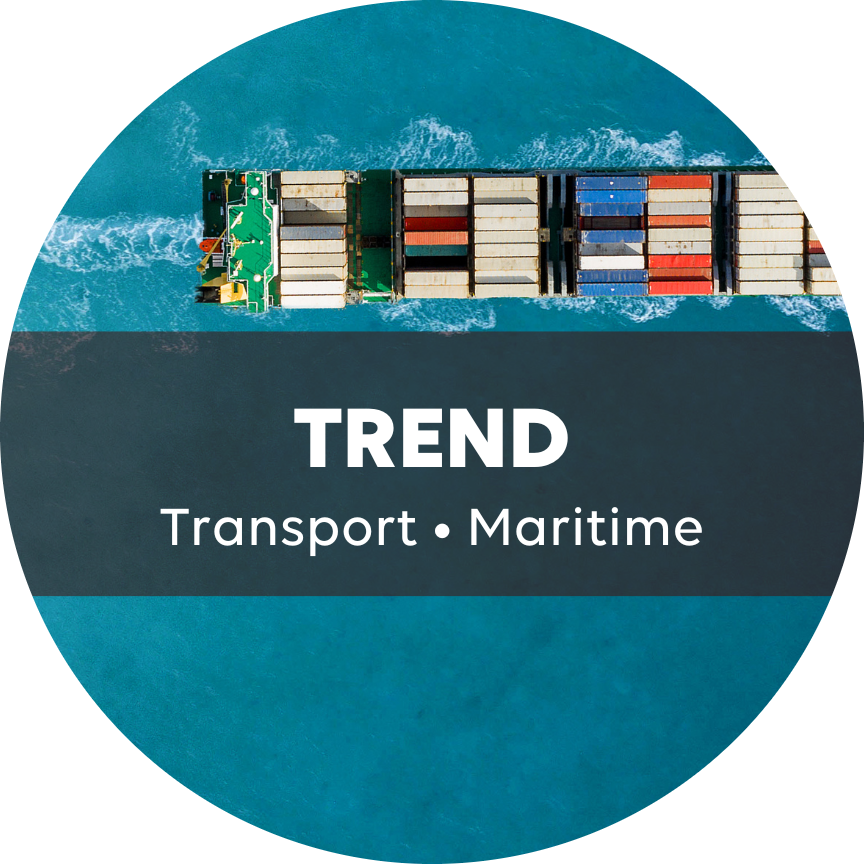Transport • The energy transition in international shipping remains at the dock
Committed to reducing sulphur and greenhouse gas emissions, the shipping sector has turned increasingly to scrubbers and LNG. Nevertheless, till struggling to make these transformations on a large scale, and needs to resolve the negative externalities of some of its technological choices.

After years of low profits, the maritime transport sector has benefitted greatly from the upswing in trade that followed the lifting of lockdowns. A commitment to reducing sulphur and greenhouse gas emissions has seen the sector increasingly turn to scrubbers and liquid natural gas (LNG) – a trend confirmed in 2021. But international shipping is still struggling to make these transformations on a large scale, and needs to resolve the negative externalities of some of its technological choices:
While the sector struggles to reduce its emissions in absolute value, the IMO is planning to revise the emissions reduction strategy for the shipping sector in 2023 by setting an even more ambitious target. Over recent years, international maritime transport actors have already made initial short-term technological choices: scrubbers to reduce sulphur emissions, LNG to reduce long-distance transport emissions, and electrification for short distances. However, these options will not be sufficient in the long term to considerably reduce the sector’s emissions.
The course is set, but alternative routes are emerging to reduce the climate impact of the sector. First, the reorganization of logistics chains around regional hub can reduce the distance of international exchanges and the associated energy consumption. Second, still rather exceptional local initiatives are attempting to organize value chains based on transporting goods by sailboat. Alternative fuels based on hydrogen, such as methanol and ammonia, although still marginal on the market, are the object of increasingly large investments and feature in shipowners’ decarbonization strategies. But the very low current production of low-carbon hydrogen (green and blue) and competition with other usages (decarbonization of industry, for example) raise the question of whether these alternative fuels are really capable of shifting the sector in the next few years.



